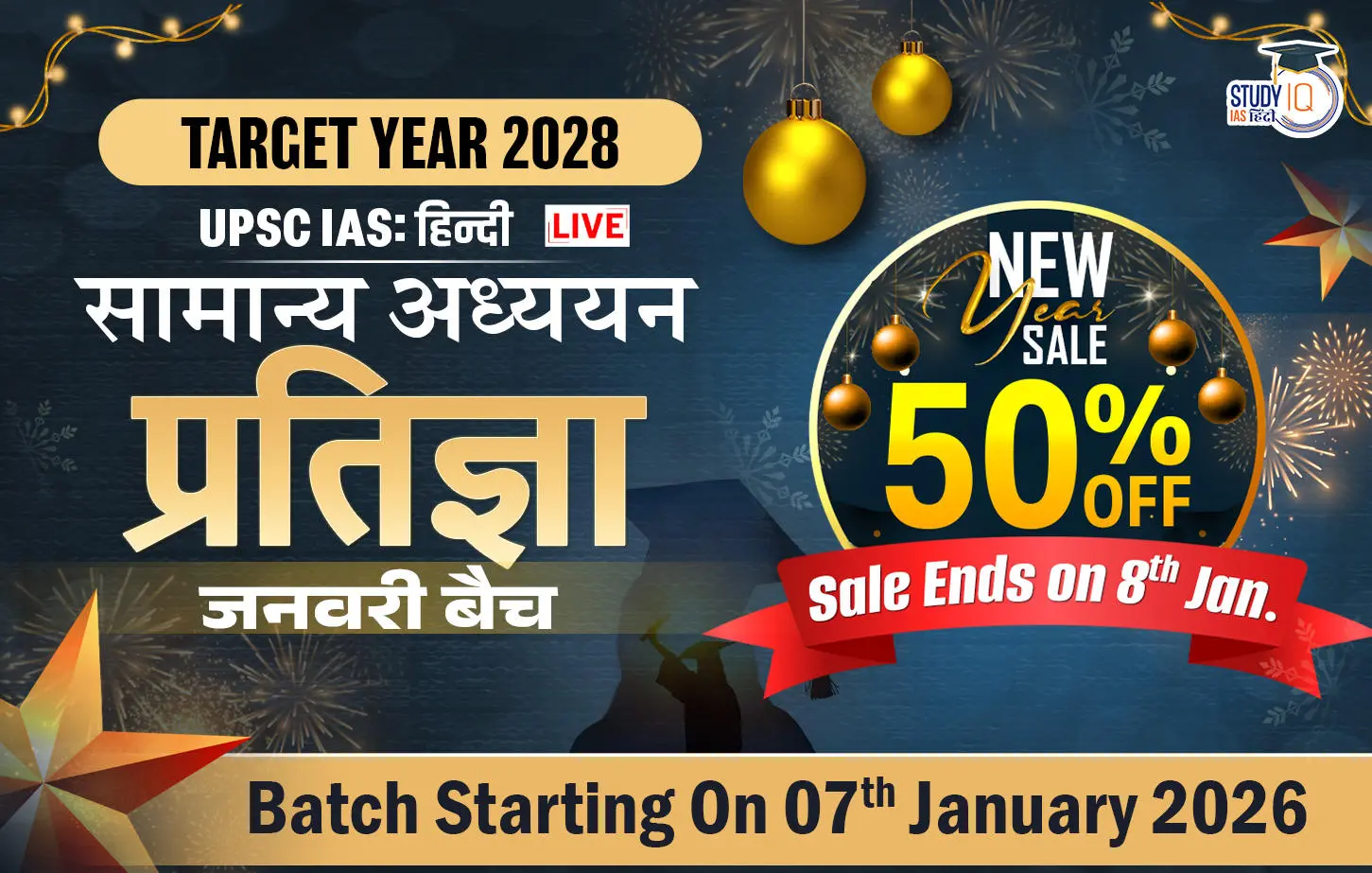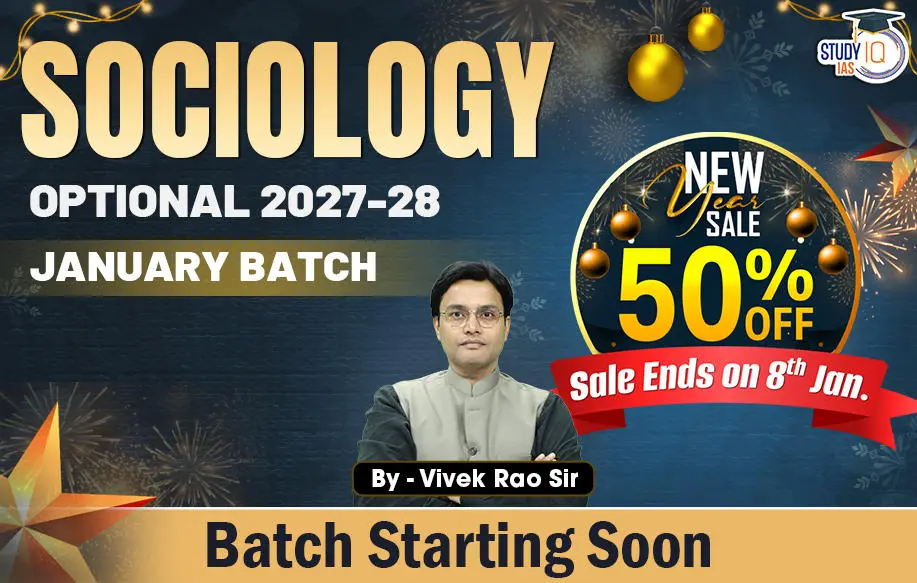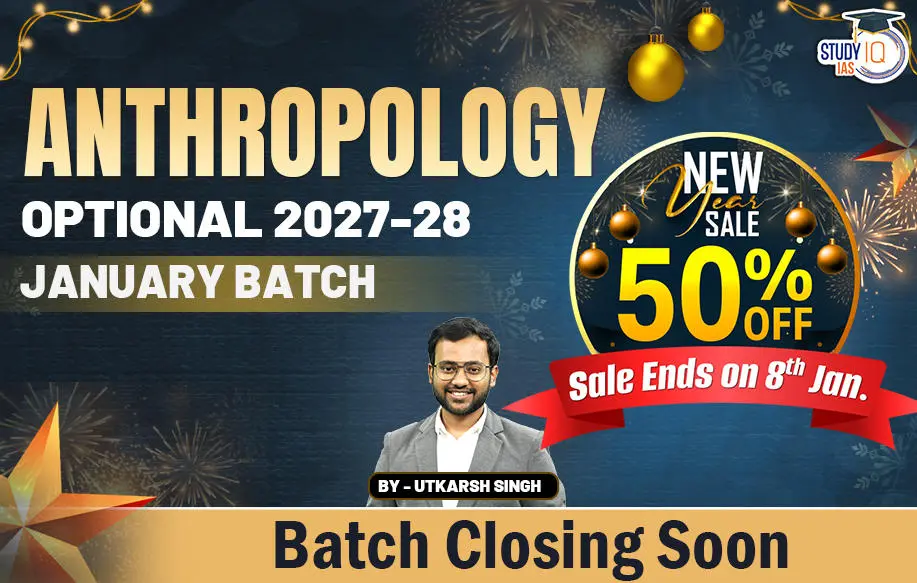Table of Contents
Assam Moidams – World Heritage List
Context: The Moidams, located in Assam, have been nominated for inclusion in the UNESCO World Heritage Sites’ list.
About Assam Moidams
- The Moidams are linked to the Tai Ahom rulers who migrated from Yunnan, China, and established their kingdom in Assam and ruled the region from the 13th to the 19th century.
- These burial mounds were constructed as the final resting places of the royalty and nobility.
- Cultural Significance: The Moidams are a manifestation of the unique cultural practices of the Ahom dynasty, blending local customs with those they brought from Yunnan.
- They are significant for understanding the socio-political and religious beliefs of the Ahoms, particularly concerning their practices around death and the afterlife.
- Architectural Features:
- It features a large underground vault with one or more domed chambers.
- The structure is encased in a large earthen mound, giving it a hemispherical external appearance.
- Atop the mound, a small open pavilion called a chow-chali is positioned.
- The entire moidam is enclosed by an octagonal dwarf wall.
- Location: The prominent cluster of Moidams is located at Charaideo, near the foothills of the Patkai Range in Assam.
| Facts |
|
About UNESCO World Heritage
- World Heritage sites are landmarks or areas protected under an international convention.
- Managed by: United Nations Educational, Scientific and Cultural Organisation (UNESCO).
- Purpose: These sites are recognized by UNESCO for their significant cultural, historical, scientific, or other forms of value.
- Origin: The World Heritage concept was developed post-WWII to address the destruction of cultural and natural sites, leading to the 1972 World Heritage Convention.
- Criteria for Selection:
- UNESCO’s advisory organisations, the International Council on Monuments and Sites (ICOMOS) and the International Union for Conservation of Nature (IUCN), evaluate each nominated site.
- For a site to qualify for special protection as a World Heritage Site, it must exhibit Outstanding Universal Value (OUV) by fulfilling one or more of the criteria specified in the Convention.
- Global Commitment: By ratifying the Convention, countries pledge to protect global heritage, not just national treasures.
- Membership: 191 State Parties, including India (which joined on November 14, 1977), have ratified the Convention.
- Current Statistics: The World Heritage Committee has inscribed 1,199 sites in 168 countries on the list.
- In India: 42 sites.
- Cultural: 34
- Natural: 7
- Mixed: 1 (Kanchendzonga National Park)
- In India: 42 sites.
Trump and Indian Policy
Context: Under Trump’s leadership in the U.S., India will need to reevaluate its strategies.
Key Areas of Transformation
- Trade and Economic Globalisation: The Grand Old Party (GOP) supports anti-globalization, favouring domestic production over outsourcing.
- Trump plans to increase tariffs significantly, including a 10% tariff on all imports and a 60% tariff on imports from China, to boost domestic manufacturing and devalue the dollar.
- Security and Alliances: Unlike US allies in Europe and Asia who fear abandonment, India might find an advantageous position due to its growing military partnership with the US, focusing on mutual interests against an assertive China.
- Democracy and Interventionism: The GOP’s stance against “woke ideology” and liberal internationalism might reduce traditional ideological conflicts between India and American liberal elites, focusing more on pragmatic governance rather than promoting democracy and human rights abroad.
- Immigration and Open Borders: With the Republican platform advocating strict immigration controls, India could engage with the Trump administration to facilitate legal immigration while addressing concerns over illegal migration.
- Climate and Energy: Trump opposes the Biden administration’s green transition agenda, aiming to expand hydrocarbon drilling and re-establish the US as an “energy superpower,” which could make the US a more vital energy partner for India.
Implications for India
- India needs to reassess its foreign policy and trade strategies in light of these prospective US policy shifts.
- India should prioritise establishing clearer military and economic ties with the US, considering the Republicans’ emphasis on reciprocity and burden-sharing.
- Engaging with different US political constituencies is crucial for India to navigate the political realignment under Trump.
Modified Interest Subvention Scheme
Context: The Centre plans to increase the upper limit of the short-term crop loans under the Modified Interest Subvention Scheme (MISS) from Rs 3 lakh to Rs 5 lakh.
About Interest Subvention Scheme
- Initially part of the Kisan Credit Card scheme, designed to enable farmers to purchase agricultural goods and services on credit.
- The Government of India introduced the Interest Subvention Scheme (ISS), which has been updated and renamed as the Modified Interest Subvention Scheme (MISS) to minimise the interest burden on farmers.
- Features of MISS:
- Provides short-term agricultural loans up to Rs. 3.00 lakh at a subsidised interest rate of 7% per annum.
- Targets farmers involved in agriculture and allied activities such as Animal Husbandry, Dairying, Poultry, and Fisheries.
- An additional interest subvention of 3% is granted as a Prompt Repayment Incentive (PRI) for timely loan repayment.
- Farmers who repay their loans promptly effectively pay an interest rate of 4% per annum.
- Government Support:
- The Government of India subsidises the interest to financial institutions that provide this scheme.
- Funding for the scheme is 100% provided by the central government (2nd largest scheme of the Department of Agriculture & Farmers Welfare as per budget outlay and coverage of beneficiaries)
- Eligible Lending Institutions: Includes a variety of financial institutions such as Public Sector Banks, Private Sector Banks, Small Finance Banks, Regional Rural Banks, Cooperative Banks, and Computerised PACS that are directly linked with commercial banks.
Examples, Case Studies and Data
- Sense of Mission (GS 4): In Varanasi, IAS officer Himanshu Nagpal has spearheaded a comprehensive groundwater rejuvenation project to tackle severe depletion issues.
- This initiative includes installing rooftop rainwater harvesting systems on 1,000 public buildings and constructing 393 artificial ponds known as ‘Amrit Sarovars‘.
- The project also revitalised the Nad River through clean-up efforts, creating ancillary ponds and check dams, which significantly improved the water table and reduced waterborne diseases.
- Collaborative efforts with NREGA workers, local gram panchayats, and academic institutions have been crucial to the project’s success.


 New Window of Opportunity for India amid...
New Window of Opportunity for India amid...
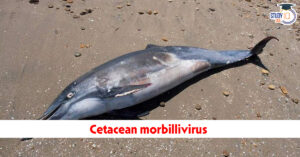 Cetacean Morbillivirus: Meaning, Feature...
Cetacean Morbillivirus: Meaning, Feature...
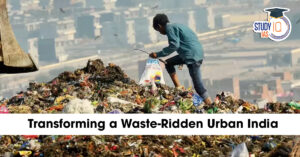 Transforming a Waste-Ridden Urban India:...
Transforming a Waste-Ridden Urban India:...


